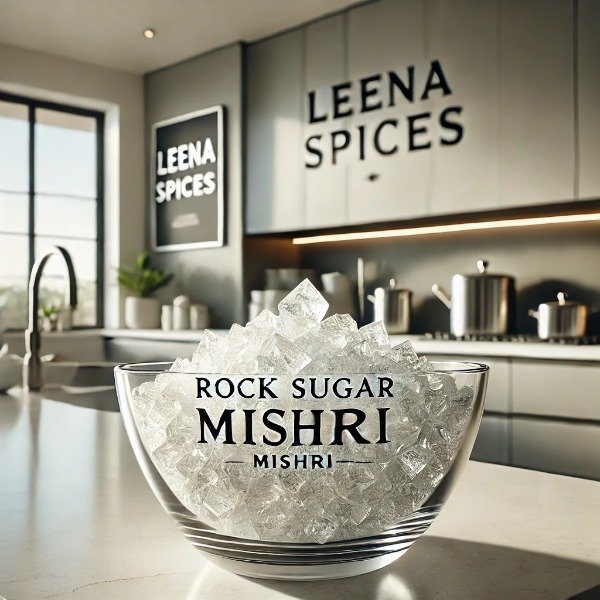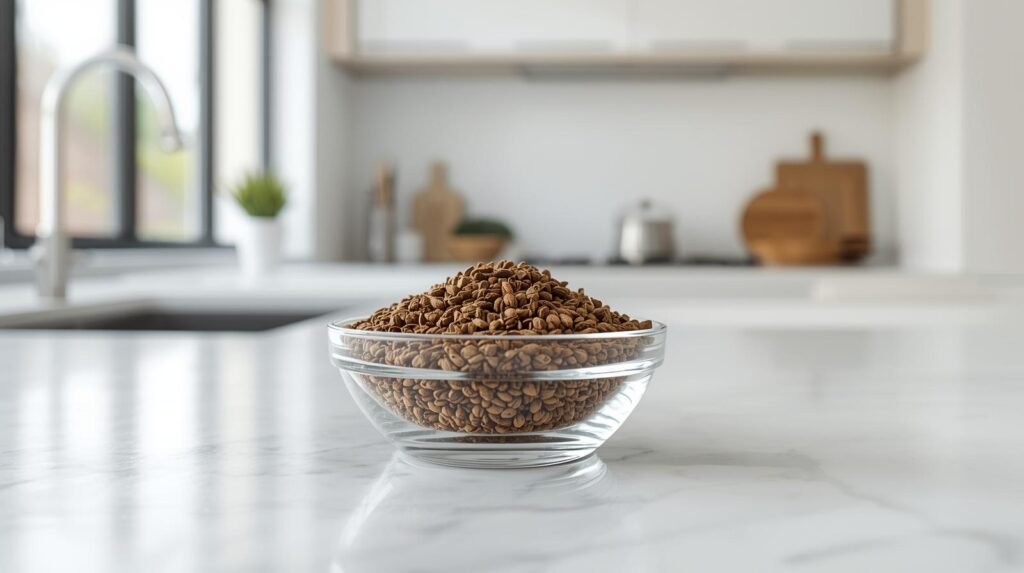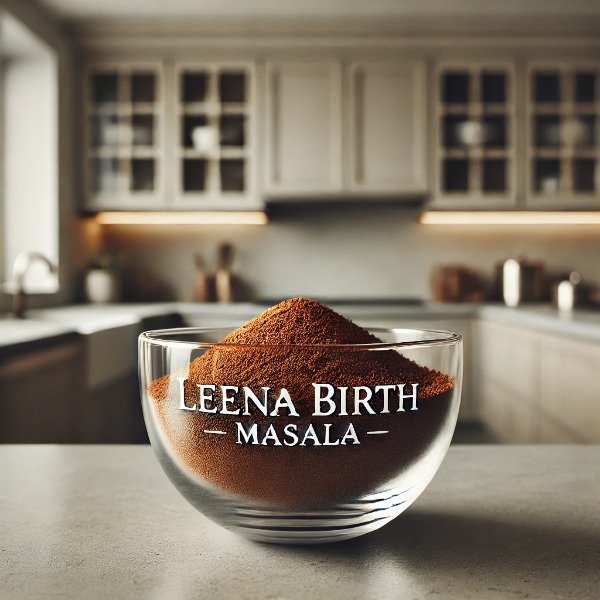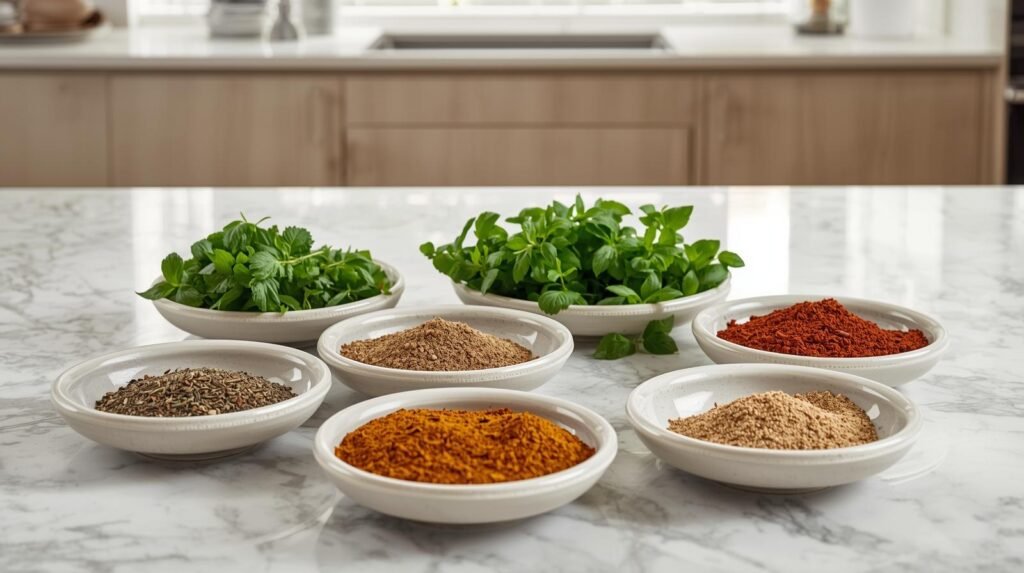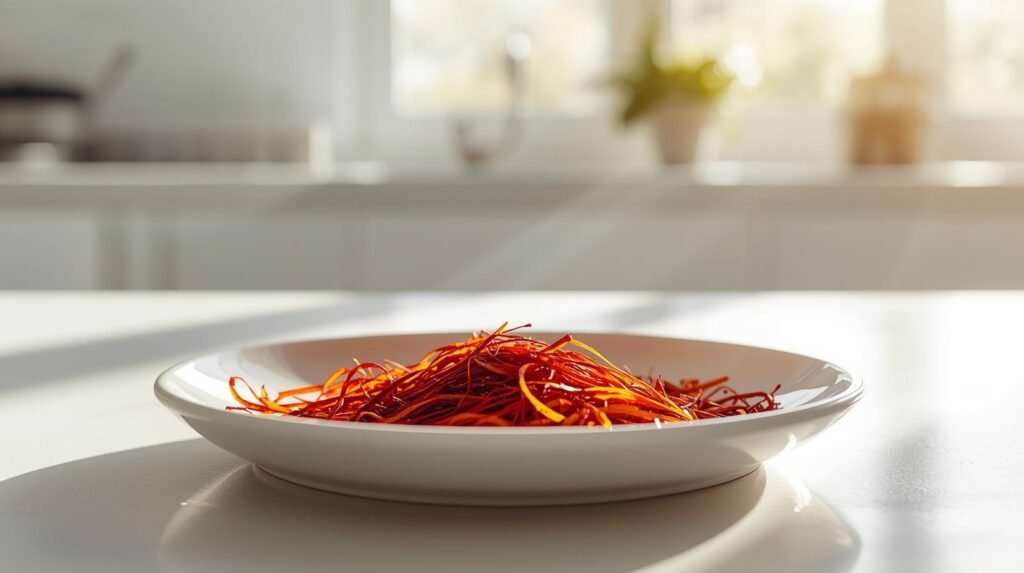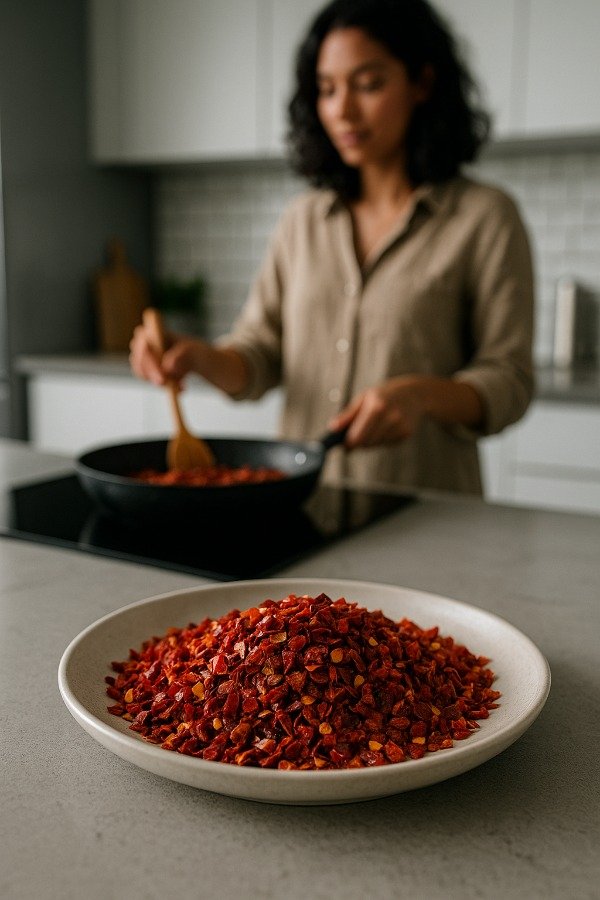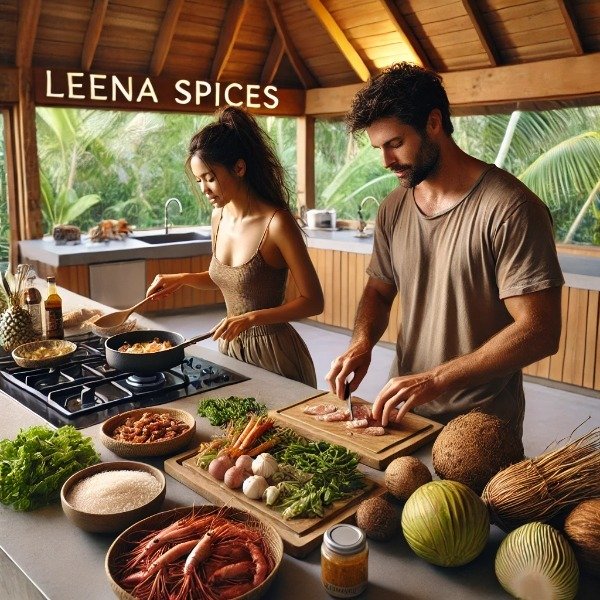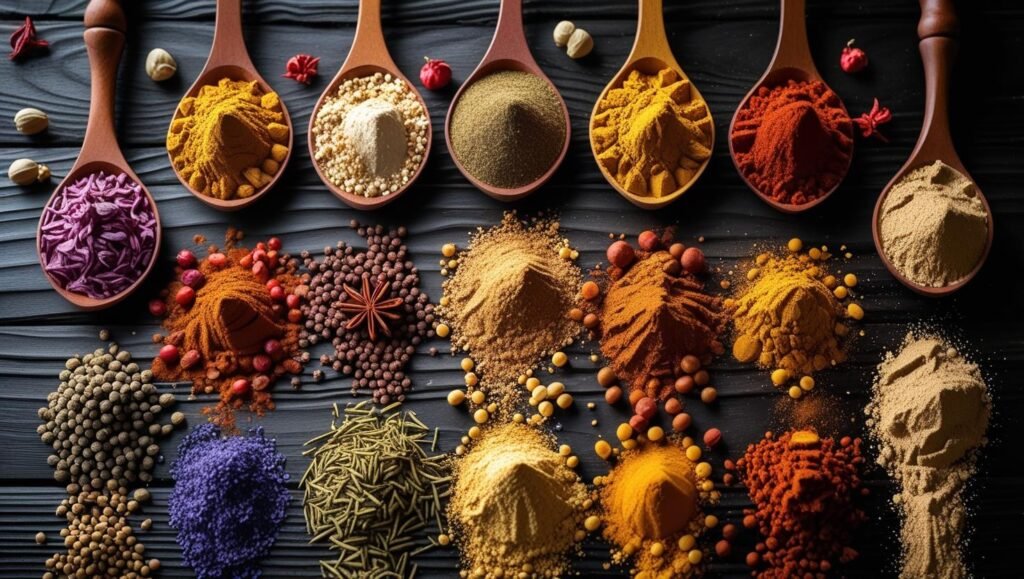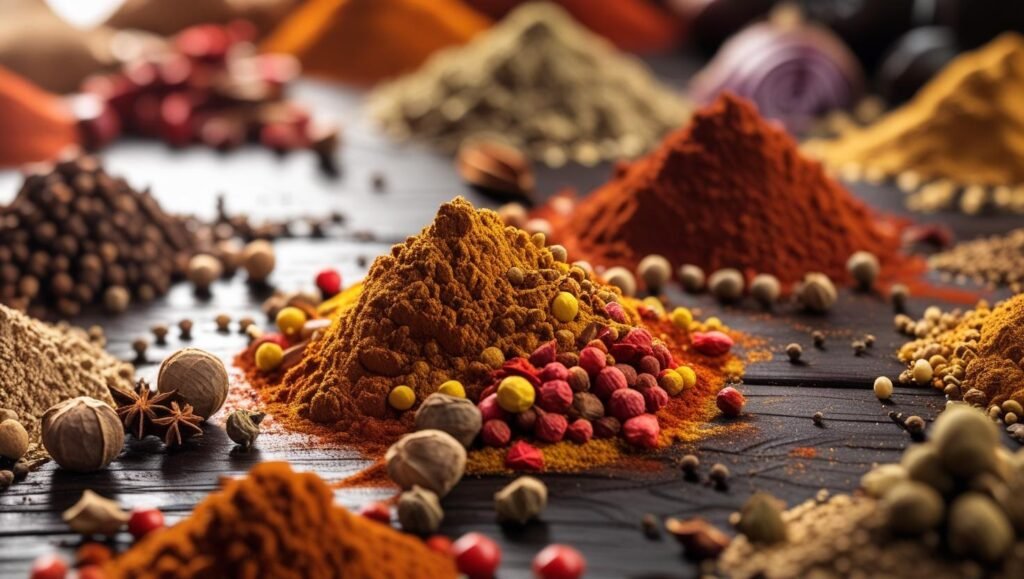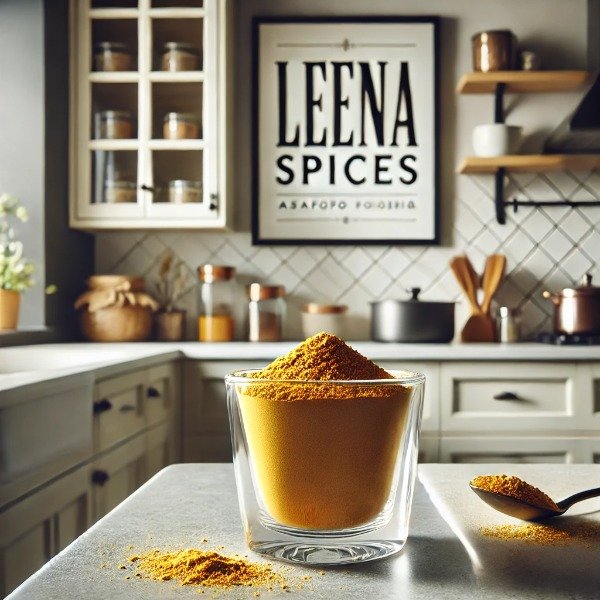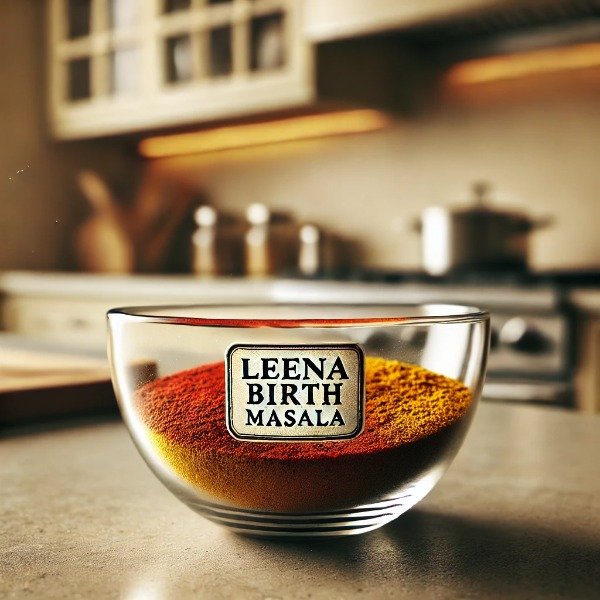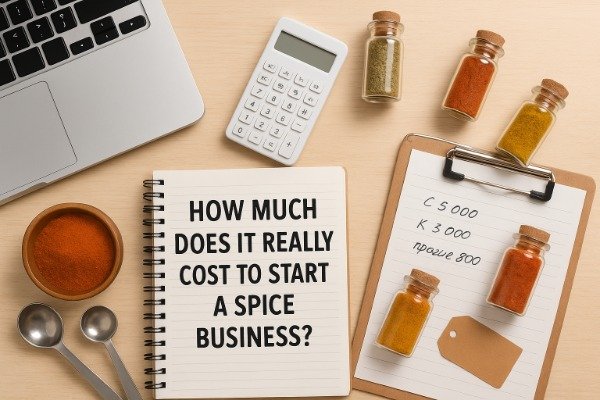4 Key Difference Saffron Vs Turmeric
Table of Contents
- Introduction – Why Saffron is Known as “Red Gold”
- Origins and History – From Ancient Persia to Modern Day
- Types of Saffron – Iranian, Spanish, Kashmiri, and Their Qualities
- Why Is Saffron So Expensive?
- Labor-Intensive Harvesting
- Limited Growing Conditions
- High Demand and Low Supply
- Saffron vs. Turmeric – Understanding the Differences
- How to Identify Authentic Saffron – Tips for Quality and Purity
- Culinary Uses – Iconic Dishes Around the World
- Health Benefits – Nutritional and Medicinal Properties
- Storage Tips – Preserving Flavor, Aroma, and Color
- FAQs – Common Questions About Saffron
- Conclusion – Why Saffron Remains One of the World’s Most Treasured Spices
What Is Saffron?
Saffron is the world’s most expensive spice, obtained from the crimson-red stigmas of the Crocus sativus, commonly known as the saffron crocus. Each flower yields only three delicate stigmas, which must be carefully hand-harvested and then dried to produce the spice. This painstaking process, coupled with its rarity, explains saffron’s extraordinary value.
Renowned for its vivid color, distinctive aroma, and wide range of uses, saffron has been treasured for centuries. Beyond its role as a seasoning and natural coloring agent, it holds cultural, culinary, and medicinal significance, earning it the enduring title of “red gold.”
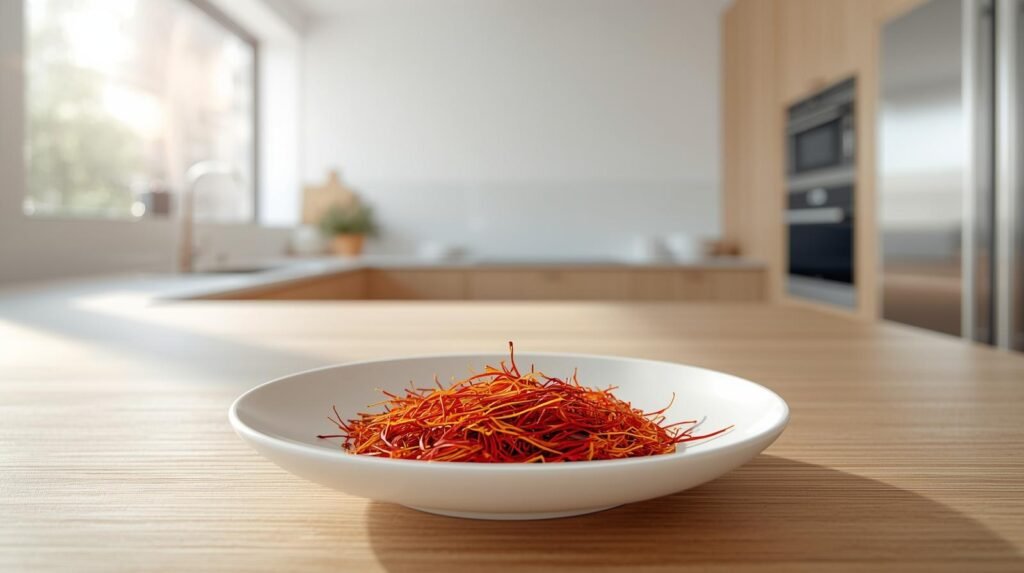
What Makes Saffron Unique?
Saffron’s value lies in a combination of rarity, labor-intensive harvesting, and its remarkable qualities:
- Source: Saffron comes from the Crocus sativus flower, with each bloom producing only three tiny stigmas. These must be carefully handpicked and dried to create the spice.
- Appearance: It is sold as fine, thread-like strands, typically deep reddish-orange in color.
- Flavor and Aroma: Saffron has a distinctive taste, often described as earthy with a subtle bitterness. Its aroma is reminiscent of dry hay with light floral notes. These traits come from the natural compounds picrocrocin and safranal.
- Coloring Power: One of saffron’s most notable features is its ability to give food a rich golden-yellow hue. This comes from crocin, a pigment that dissolves easily in water.
- High Cost: By weight, saffron is the most expensive spice in the world. Harvesting requires immense effort, as it takes tens of thousands of flowers to yield a single pound of saffron, and all picking must be done by hand during a short blooming season.
Because of these qualities, saffron has earned a central place in global cuisines. It is essential in Spanish paella, Italian risotto, Indian biryani, and French bouillabaisse. Beyond cooking, saffron has a long history of use in traditional medicine, natural dyeing, and even perfumery.
Saffron vs. Turmeric: Are They the Same?
A common misconception is that saffron and turmeric are interchangeable but they are fundamentally different spices. While both add vibrant color to dishes and feature prominently in cuisines like Indian and Persian, their sources, flavors, and properties set them apart.
- Saffron: Derived from the dried stigmas of the Crocus sativus flower, saffron has a delicate, hay-like aroma and a subtle, slightly bitter taste. Its golden-yellow color comes from crocin, a natural pigment.
- Turmeric: This spice comes from the rhizome (root) of the Curcuma longa plant, part of the ginger family. Turmeric has an earthy, peppery flavor and a brighter, more intense orange-yellow color, due to curcumin.
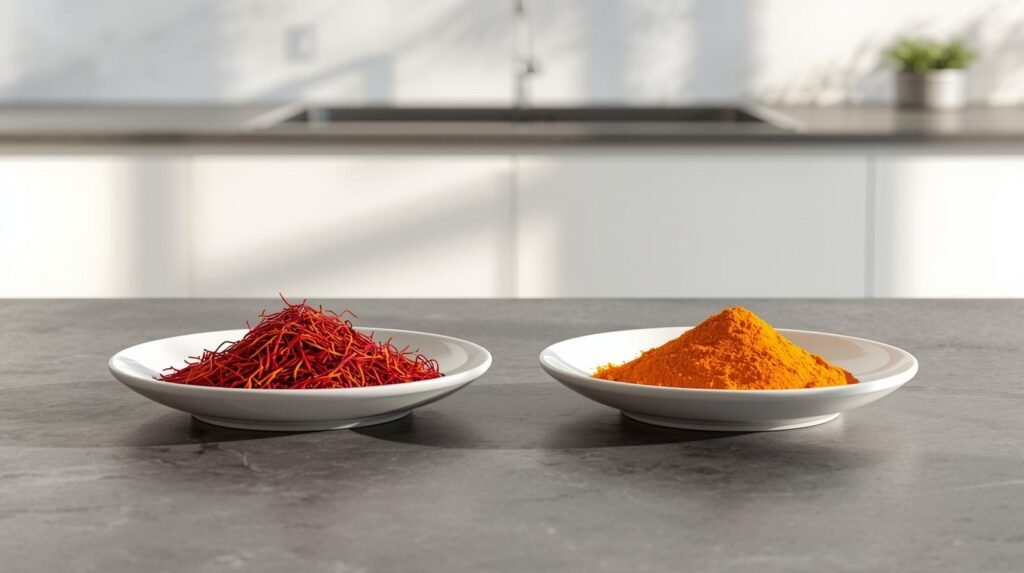
While turmeric can occasionally be used as a budget-friendly color substitute for saffron, it cannot replicate saffron’s distinctive flavor or aroma. In short, saffron is prized for both its flavor and color, whereas turmeric primarily contributes color and an earthy taste hence they are not interchangeable.
Comparison table of saffron vs. turmeric
Spice | Origin | Flavor | Color | Common Uses |
Saffron | Crocus sativus flower (Iran, Spain, Kashmir) | Subtle, slightly bitter, hay-like | Golden-yellow (from crocin) | Paella, biryani, risotto, desserts |
Turmeric | Curcuma longa root (India, Southeast Asia) | Earthy, peppery, slightly bitter | Bright orange-yellow (from curcumin) | Curries, soups, sauces, teas |
What is the Origin and History of Saffron?
Saffron has one of the longest and richest histories of any spice, with origins tracing back more than 3,500 years. Its early use is documented in regions such as ancient Persia (modern-day Iran), Greece, and Mesopotamia. Civilizations including the Egyptians and Romans valued saffron not only as a culinary ingredient but also as a dye, perfume, and medicinal remedy.
Today, Iran remains the world’s leading producer, accounting for roughly 90% of global saffron supply. Other notable sources include Spain, India’s Kashmir region, and Morocco, all of which cultivate distinctive varieties prized for their flavor and color. Across cultures, saffron continues to hold a special place in cooking, bringing its vivid hue and aroma to iconic dishes such as Spanish paella, Indian biryani, and Persian tahdig.
What are Different Types of Saffron?
Saffron quality varies significantly depending on where it is grown, how it is harvested, and how it is graded. Understanding these differences helps in choosing the right variety for culinary or medicinal use. The main types include:
- Iranian Saffron (Sargol): Considered among the finest, this variety is made up of pure, deep-red stigmas with no yellow or white parts. It delivers a strong flavor, vibrant color, and is often regarded as the benchmark for premium saffron.
- Spanish Saffron (Coupe): Spain produces high-quality saffron, though it is generally considered slightly milder in flavor and aroma compared to top Iranian varieties. It is widely used in Spanish cuisine, especially in paella.
- Kashmiri Saffron (Lacha): Cultivated in India’s Kashmir region, this type is prized for its long, thick threads, deep aroma, and strong coloring power. Limited production makes it especially valuable.
Quick Saffron Guide table
Type | Origin | Appearance | Flavor & Aroma | Culinary Uses |
Iranian Saffron (Sargol) | Iran | Deep red, pure stigmas | Intense flavor, delicate hay-like aroma | Biryani, Persian dishes, desserts |
Spanish Saffron (Coupe) | Spain | Bright red threads | Milder flavor, subtle floral aroma | Paella, risotto, soups |
Kashmiri Saffron (Lacha) | Kashmir, India | Long, thick crimson threads | Strong aroma, rich earthy flavor | Kashmiri pulao, desserts, teas |
To ensure authenticity and quality, saffron is graded according to ISO 3632 standards, which measure three key compounds:
- Crocin (responsible for color),
- Picrocrocin (responsible for taste), and
- Safranal (responsible for aroma).
Grades range from Category I (highest quality) to lower categories, with Category I saffron offering the most intense color, flavor, and fragrance.
Saffron FAQs
1. What is saffron?
Saffron is a highly prized spice made from the dried red stigmas of the Crocus sativus flower. Known as “red gold,” it is valued for its unique flavor, aroma, vibrant color, and various health benefits.
2. Why is saffron so expensive?
Saffron’s high cost is due to its labor-intensive harvesting, limited growing conditions, and low yield. Each flower produces only three stigmas, which must be handpicked, and thousands of flowers are needed to produce just one kilogram of the spice.
3. What are the main types of saffron?
- Iranian Saffron (Sargol): Pure red stigmas with intense flavor; considered the highest quality.
- Spanish Saffron (Coupe): High-quality threads, slightly milder than Iranian saffron.
- Kashmiri Saffron (Lacha): Known for long threads, rich aroma, and strong coloring.
5. Can saffron be substituted with turmeric?
While turmeric can mimic saffron’s color, it cannot replicate its distinctive flavor or aroma. Saffron provides both flavor and color, whereas turmeric mainly adds an earthy taste and bright yellow-orange hue.
Where is saffron grown today?
Iran produces roughly 90% of the world’s saffron. Other notable producers include Spain, India (Kashmir), and Morocco, each cultivating varieties with unique qualities.
Why does saffron have a unique aroma and taste?
The distinct aroma comes from safranal, while the slightly bitter, earthy flavor comes from picrocrocin. Its golden color is due to crocin.
Conclusion
Saffron is much more than just a spice; it is a symbol of culinary artistry, cultural heritage, and natural luxury. From its labor-intensive harvesting and limited growing regions to its vibrant color, distinctive aroma, and subtle flavor, saffron’s value is rooted in both rarity and quality. Whether used to elevate a traditional biryani, add golden hues to a risotto, or for its health-promoting compounds, saffron continues to captivate chefs, food enthusiasts, and wellness seekers alike. Understanding its origins, types, and proper usage allows you to fully appreciate why this “red gold” remains one of the world’s most treasured spices.




